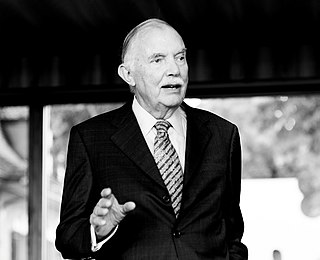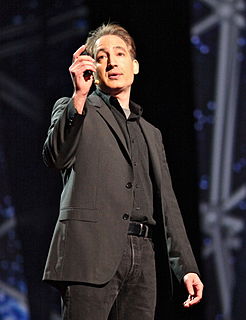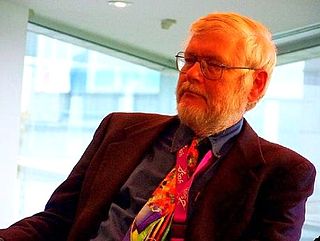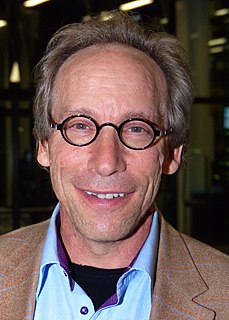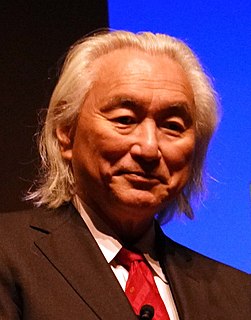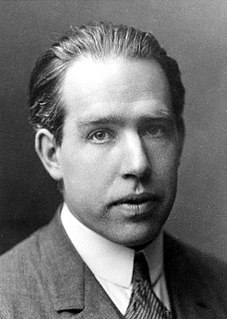Top 12 Quotes & Sayings by Lewis M. Branscomb
Explore popular quotes and sayings by an American physicist Lewis M. Branscomb.
Last updated on September 18, 2024.
While it is becoming increasingly obvious that the fundamental architecture of a system has a profound Influence on the quality of its human factors, the vast majority of human factors studies concern the surface of hardware (keyboards, screens) or the very surface of the software (command names, menu formats).
Scientists are used to debating with one another about the finer points of new research. But increasingly, they find themselves battling their televisions and computer screens, which transmit ever-more-heated rhetoric from politicians, pundits, and other public figures who misinterpret, misrepresent, and malign scientific results.
Technology policy - whether we should have one and what form such a policy should take - was a core issue of the 1992 presidential campaign, and in February 1993 the Clinton administration confirmed that fostering new technologies will be a critical part of its agenda for redirecting the American economy.
